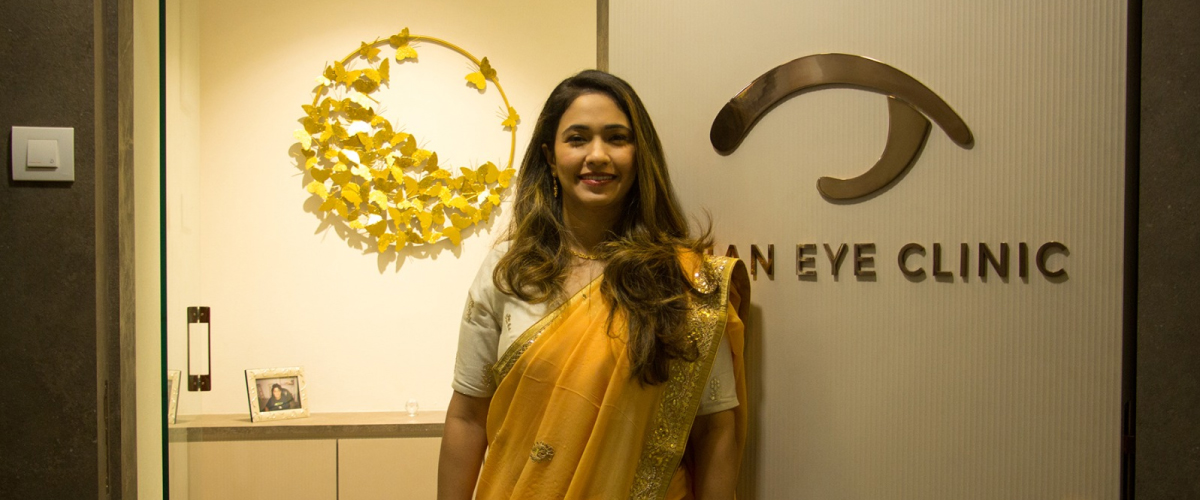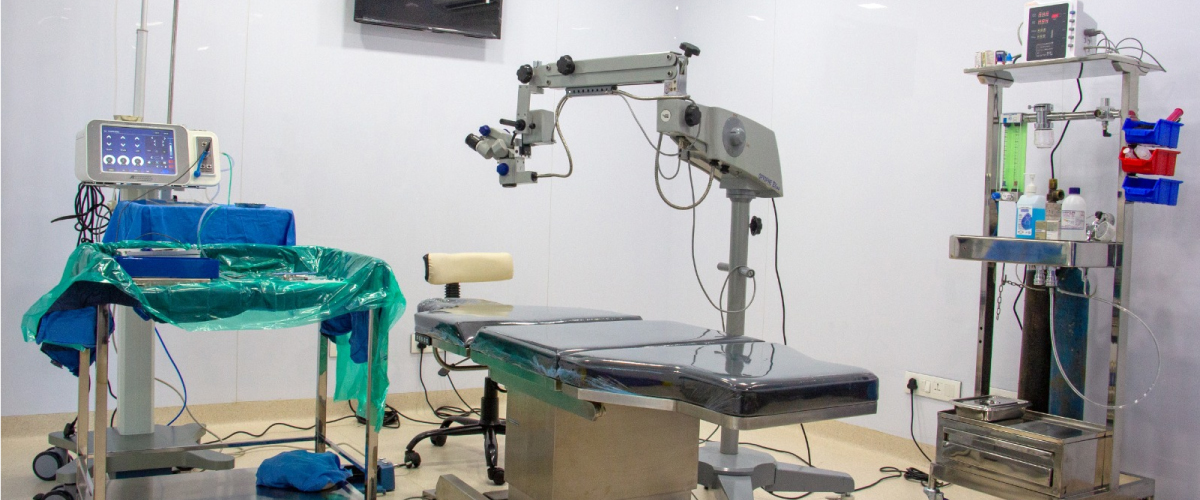


Cornea Specialist in Mumbai
Jehan Eye Clinic is a center of clinical excellence, always
staying up-to-date with the latest technology. It is led by Dr. Kareeshma
Wadia-Havewala, a renowned Cornea Specialist in Mumbai, specializing in Cornea, Cataract and
Refractive Surgeries.
The clinic offers treatment for cataracts, infections,
allergies, glaucoma, and more, ensuring high standards of eye care in a warm and
friendly environment at affordable prices.
As a Cornea Specialty clinic, it provides expert care for
conditions like Keratoconus, Bullous Keratopathy, Keratitis, and Corneal Dystrophy,
along with advanced corneal surgeries.
Patient Reviews
Real feedback from verified patients on Practo.
✔ Verified Patient

